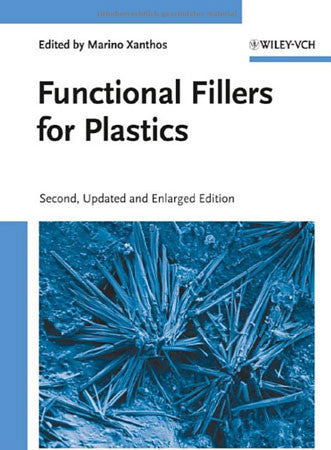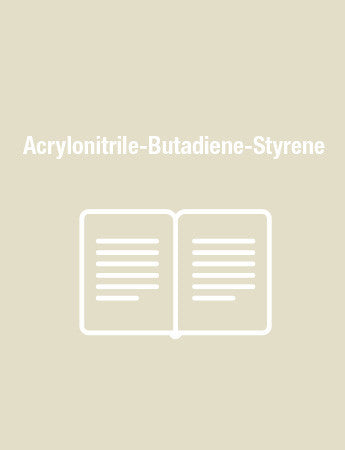Functional Fillers for Plastics
Edited and co-authored by Professor Marino Xanthos with contributions by international experts from industry and academia, the book presents methods of mixing/incorporation technologies, surface treatments and modifications for enhanced functionality, an analysis of parameters affecting filler performance and a presentation of current and emerging applications. Additionally, the novel classification according to modification of specific polymer properties rather than filler chemical composition will provide a better understanding of the relationships between processing, structure, and properties of products containing functional fillers and the identification of new markets and applications.
For engineers, scientists and technologists involved in the industrially important sector of polymer composites.
For engineers, scientists and technologists involved in the industrially important sector of polymer composites.
Preface.
List of Contributors.
Part I: Polymers and Fillers.
1 Polymers and Polymer Composites.
2 Modification of Polymer Mechanical and Rheological Properties
with Functional Fillers.
3 Mixing of Fillers with Plastics.
Part II: Surface Modifiers and Coupling Agents.
4 Silane Coupling Agents.
5 Titanate Coupling Agents.
6 Functional Polymers and Other Modifiers.
Part III: Fillers and their Functions.
7 Glass Fibers.
8 Mica Flakes.
9 Nanoclays and Their Emerging Markets.
10 Carbon Nanotubes/Nanofibers and Carbon Fibers.
11 Natural Fibers.
12 Talc.
13 Kaolin.
14 Wollastonite.
15 Wood Flour.
16 Calcium Carbonate.
17 Fire Retardants.
18 Conductive and Magnetic Fillers.
19 Surface Property Modifiers.
20 Processing Aids.
21 Glass and Ceramic Spheres.
22 Bioactive Fillers.
23 In Situ Generated Fillers: Organic–Inorganic Hybrids.
List of Contributors.
Part I: Polymers and Fillers.
1 Polymers and Polymer Composites.
2 Modification of Polymer Mechanical and Rheological Properties
with Functional Fillers.
3 Mixing of Fillers with Plastics.
Part II: Surface Modifiers and Coupling Agents.
4 Silane Coupling Agents.
5 Titanate Coupling Agents.
6 Functional Polymers and Other Modifiers.
Part III: Fillers and their Functions.
7 Glass Fibers.
8 Mica Flakes.
9 Nanoclays and Their Emerging Markets.
10 Carbon Nanotubes/Nanofibers and Carbon Fibers.
11 Natural Fibers.
12 Talc.
13 Kaolin.
14 Wollastonite.
15 Wood Flour.
16 Calcium Carbonate.
17 Fire Retardants.
18 Conductive and Magnetic Fillers.
19 Surface Property Modifiers.
20 Processing Aids.
21 Glass and Ceramic Spheres.
22 Bioactive Fillers.
23 In Situ Generated Fillers: Organic–Inorganic Hybrids.
Marino Xanthos is Professor of Chemical Engineering and Director of the Polymer Engineering Center of the New Jersey Institute of Technology since 1995. He studied chemical engineering at the University of Toronto, where he took his Ph.D. degree in 1974. He then became Manager of R & D and Technical Services at Marietta Resources International Ltd. in 1975 and taught at the Stevens Institute of Technology, Hoboken, from 1980 to 1995. Since 1988, he has also been Director of Research at the Polymer Processing Institute (PPI), Newark, NJ, an independent non-profit research organization located at NJIT. His interests focus on polymer blends, composites, and foams, polymer modification and reactive processing, plastics recycling and life-cycle assessment, structure-property relationships, environmental considerations in polymer processing.




